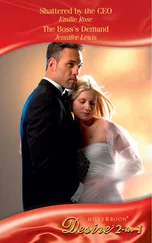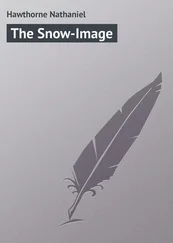Dr. Carroway spoke. “Dr. Sullivan, I understand you knew the man to whom we suspect these remains belong. Is that true?”
“Yes. He was a pilot in Da Nang when I was a nurse there. My late husband and I knew him.”
I set the skull down on the table. I was glad to take my hands off of it for a moment.
“So, is there anything else you need me to get for you?” Dr. Carroway asked.
“No. I brought all my supplies.”
“What is the first step? Do you mind if I stay and observe?”
I was relieved he wanted to stay and observe. As strange as it may sound, I didn’t want to be alone in the room with those remains.
“I don’t mind at all if you stay. In answer to your question, the first step is to prepare the material that I’ll use for the mold. It’s kind of like what the dentist does when making an impression of your teeth.”
I opened the case I had brought with me. Inside was the form into which I would place the plastic material for the mold. I had designed it myself for use in my work. A machinist friend of mine had fashioned it from my design using lightweight aluminum. I was a good welder, but I didn’t have the skills for heli-arc welding, and that’s what it took to weld aluminum.
The form looked like a head and shoulders, but it opened in half and the inside was hollow. The hollow area inside the form was larger than a human head would be. The plastic molding material would be placed in this hollow and the skull would then be pressed into the front half of the material, and the back half of the form would be closed over the back of the skull. I would leave it there long enough for the plastic material to firm up and harden.
The skull could then be lifted out of the material and I would have a mold into which I could pour plaster, so that I would have a cast of the skull onto which I could add clay “flesh.” I explained all of the process to Dr. Carroway as I began to prepare the mold for the skull.
“So, how do you know how the nose looks?” he asked.
“The human face has amazing proportions,” I explained. “The length of the nose is proportionate to the length of the eyes. The length of the eyes can be calculated by the size of the orbits-” the sockets in the bone where the eyes are located. “You use the orbits to calculate where the ligaments for the eyelids go and to determine the size and shape of the eyes.”
“Yes, of course,” he said. “So, once you have that done, it gives you an idea of the nose length?”
“Yes, and the nose bone shows the height of the nose and the shape of its ridge. If any of the cartilage is left there, it just makes it that much easier. Also, the inner edge of the iris in the eye gives me the width of the nose at the nostrils, and the exterior edge of the iris in the eye shows the ends of the mouth. The brow ridge in the bone defines the eyebrows over the eyes.”
“It all fits together proportionately.”
“Yes.”
“It’s science.”
“Yes, and it’s the hand of the Creator-an intelligent design.”
“Well, I’m a man of science myself.”
“I’m a woman of science. I believe that science is a tool the Creator gives us to better understand His creation. I see no conflict between the two.”
“That’s an interesting perspective. You said the design was intelligent. Why couldn’t it be chance-the laws of nature.”
“When Frank Lloyd Wright designed a magnificent building or home where the design itself evoked an emotional response in those who viewed it, and where all of the angles and proportions seemed to fit together, melding art and function in an amazing way, people oohed and aahed and said, ‘Wow, what an amazing design. What genius!’ Do you doubt for a moment that the house or building was designed in an intelligent way, and that the design itself reflects that fact?”
“No,” he said tentatively.
“Yet these designs pale in comparison to the designs in nature, and in particular to the design of the human body, and we want to deny the genius there? We want to deny the intelligence behind the design?”
“You make an interesting point, Dr. Sullivan.”
“I think the design not only bears absolute testimony to the intelligence and the supreme genius of the Designer, I think that there is a real correlation, or harmony, between our ability to design and create, and the fact that He who created us also designs and creates. This is all the internal part of the image of Himself in us.”
“Wow. I like that very much-what you’re saying about the harmony of creative talents between us and the Creator. So, you’re saying that He has this ability, and in a lesser sense He gave us the same ability.”
“Yes-within our human limitations.”
“Then you re-create that image in your work, Dr. Sullivan.” He smiled broadly now.
“No, Dr. Carroway, I only restore an idea of the physical part of that image. The most essential part of the image in us can only be re-created by the Master Himself.”
“Requires a higher power, then, eh?”
“Requires a sacred touch,” I said.
Dr. Carroway nodded his head.
“I like that. I’ll have to think about it more when you’re gone.”
“Good.”
“But I may have lots more questions for you later,” he said, winking.
I winked back, and said, “Bring them on and I’ll do my best to give you proper answers.”
While we waited for the material to firm up around the skull, Dr. Carroway offered to show me the personal effects they had found with or near the remains.
He retrieved another box and opened the lid. Inside was part of a dog-tag chain with no dog tags, an American quarter, a button off of a flight suit and part of the pilot’s helmet. None of it was absolutely personal to Teddy. I picked up the button, turned it over in the palm of my hand and wondered. I put the button back into the box and picked up the piece of dog-tag chain.
All I could think of was what had probably happened to all the things that weren’t found with the remains. Of course, the flight suit and all the fabrics he was wearing would have burned, or deteriorated and biodegraded. Villagers carried off parts of the plane, jewelry and American dog tags. Wild animals would have carried off other things, and that’s what I just couldn’t think about now. I wanted to sit down and cry, but that wasn’t exactly a professional response. The segment of dog-tag chain slipped through my fingers back into the box.
When I looked up at Dr. Carroway again, he had a sympathetic expression on his face. My expression must have been more transparent than I thought.
I looked back down at the box of personal effects and said, “Well, none of it is absolutely identifiable as something that would have belonged to Nikolaides.”
“No,” he said softly.
If the situation continued that way, I knew that I would not be able to retain my composure, so I changed the subject-rapidly.
“Well, let’s check the mold and see how we’re doing.”
I walked back to the table where the form lay, and I put my finger in the bottom of it to check the consistency of the plastic material. It wasn’t ready yet.
“Not quite yet,” I said, praying he wouldn’t want to discuss anything relating to Ted personally.
“So, Dr. Sullivan, tell me how you got into this line of work. I know you were an artist, but how and why did you come to this work after being a nurse in the war?”
I could have hugged him.
“When I came home from ’Nam, the last thing I wanted to do was nursing. Other nurses felt differently and continued, but I couldn’t. So, I went back to school and got my art degrees. Art was my true love, so that part of it was a natural choice.”
“After getting out of nursing, why did you choose to go into something…well, that takes you into dealing with death again.”
Читать дальше
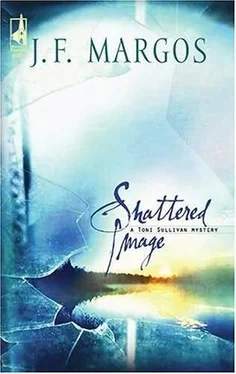
![Никки Сикс - Героиновые дневники. Год из жизни павшей рок-звезды[The Heroin Diaries - A Year in the Life of a Shattered Rock Star]](/books/78612/nikki-siks-geroinovye-dnevniki-god-iz-zhizni-pavshej-rok-zvezdy-the-heroin-diaries-a-yea-thumb.webp)
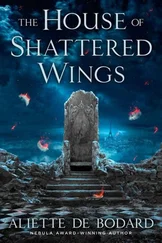
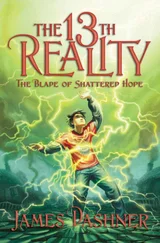
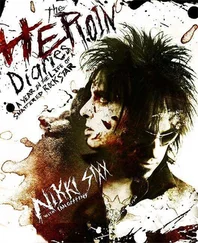

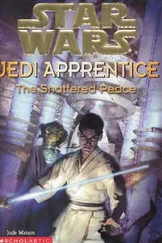

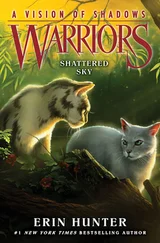
![Ширли Мерфи - The Shattered Stone [calibre]](/books/436059/shirli-merfi-the-shattered-stone-calibre-thumb.webp)
